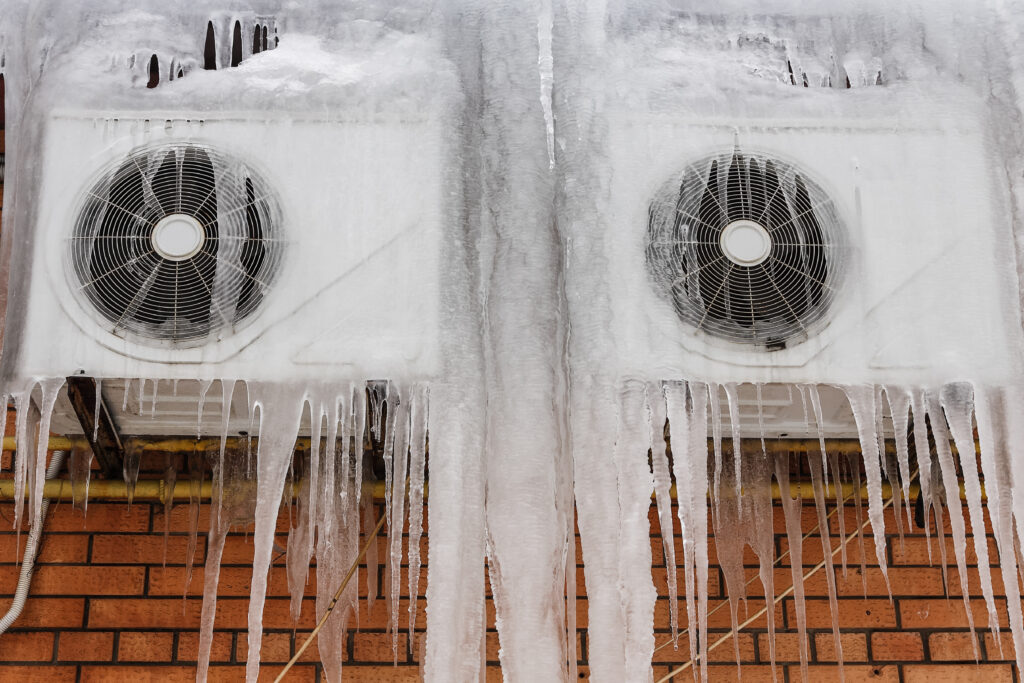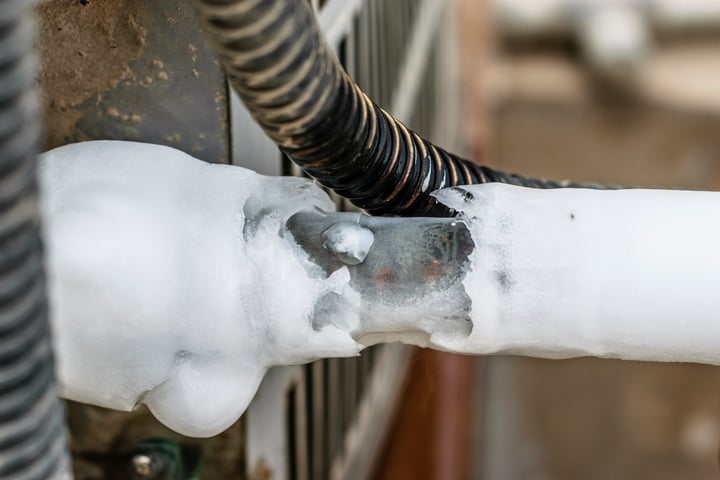How to Handle a Frozen AC Pipe: Complete Guide
How to Handle a Frozen AC Pipe: Complete Guide
Blog Article
Just about every person is bound to have their own individual rationale on the subject of Air Conditioner Frozen? How To Fix your Frozen AC Line.

Introduction
Uncovering that your air conditioning pipeline is frozen can be worrying, especially throughout warm summertime when you rely upon your air conditioning system one of the most. Comprehending what to do in such a circumstance is essential to avoid additional damage to your cooling system and guarantee your convenience inside your home.
Understanding the Causes
Several factors can add to the freezing of an air conditioner pipe. Recognizing these causes can aid you deal with the problem effectively.
Absence of Airflow
One common source of an icy air conditioning pipeline is inadequate airflow. When the air flow over the evaporator coil is limited, it can trigger the coil to go down below freezing temperature, causing ice development on the pipeline.
Reduced Refrigerant Levels
Insufficient refrigerant degrees in your AC system can also result in a frozen pipe. Reduced refrigerant degrees can trigger the stress in the system to drop, leading to the cold of moisture on the evaporator coil.
Winter Conditions
In chillier environments, freezing temperatures outside can contribute to the cold of a/c pipes. If your AC system is not appropriately protected or if there are leaks in the ductwork, cold air can infiltrate the system, triggering the pipe to ice up.
Dirty Air Filters
Unclean or clogged air filters can limit air movement in your air conditioner system, leading to various concerns, consisting of a frozen pipe. It's important to change or cleanse your air filterings system frequently to make sure appropriate air movement and protect against ice build-up.
Indications of a Frozen AC Pipe
Identifying the signs of an icy air conditioner pipeline is essential for punctual action.
Lowered Airflow
If you discover a substantial decrease in air flow from your vents, it could indicate a frozen pipeline.
Ice Buildup on the Pipe
Visible ice build-up on the cooling agent line or the evaporator coil is a clear sign of a frozen AC pipeline.
Odd Sounds from the Unit
Unusual audios, such as hissing or bubbling, originating from your a/c unit can indicate that there's ice present on the pipeline.
Immediate Actions to Take
When confronted with an icy AC pipe, it's necessary to act rapidly to avoid more damages to your air conditioning system.
Turning off the AC
The very first step is to turn off your air conditioner to prevent the system from running and intensifying the concern.
Looking for Blockages
Inspect the area around the indoor system for any kind of obstructions that may be obstructing air flow, such as furniture or curtains.
Defrosting the Pipe
You can use mild techniques like placing towels soaked in warm water around the frozen pipeline to aid thaw it gradually.
Safety nets
Taking preventive measures can aid avoid future occurrences of an icy air conditioner pipe.
Regular Maintenance Checks
Schedule regular upkeep consult a professional HVAC technician to guarantee that your a/c system is running effectively.
Changing Air Filters
On a regular basis replace or clean your air filters to stop air movement constraints and maintain optimal performance.
Protecting Exposed Pipes
If your air conditioner pipes are subjected to chilly temperature levels, think about protecting them to avoid cold during cold weather.
Seeking Professional Help
If DIY methods stop working to solve the problem or if you're uncertain regarding just how to continue, it's ideal to look for assistance from a certified HVAC specialist.
When DIY Methods Fail
If your efforts to thaw the pipeline or address various other concerns are unsuccessful, it's time to call in a professional.
Significance of Hiring a Professional HVAC Technician
A certified HVAC technician has the competence and tools needed to identify and repair issues with your a/c system securely and successfully.
Conclusion
Dealing with a frozen air conditioning pipeline can be an irritating experience, yet understanding just how to respond can assist lessen damage and bring back comfort to your home. By recognizing the causes, recognizing the indications, and taking timely activity, you can effectively deal with the problem and prevent future events.
Frozen AC Line: Why It Happens & What To Do About It
A frozen AC line can be a rather peculiar sight in a place like Phoenix, Arizona where nothing ever freezes. In this post, we’ll discuss what makes an air conditioner line frozen – and what you can do about it.
Dirty Air Filters
Did you know that you should be cleaning or replacing your air filters on a monthly basis? Failing to do this can result in airflow issues that, in turn, cause your evaporator coils and lines to freeze over. You’ll notice a buildup of ice on both components, although the buildup on your pipes will, of course, be more evident unless you open your air condition up to reveal the coils.
What To Do About It
Give your air filter a good cleaning if it’s reusable. If not, replace the filter outright. Next, switch your air conditioner’s fan setting on and leave it there for 2-3 hours. This will draw warm air in, helping to thaw your evaporator coil. You can also check out this article for some tips on cleaning the coils themselves if you’d like to speed the process up. Before you switch the unit back to its normal state, make sure the supply vents are completely unobstructed and free of dust or other debris.
If you keep having this issue even after replacing your filters regularly, contact a local HVAC repair company and have them inspect your evaporator coil, ductwork, and any other components that may be at fault. If you live in the Phoenix, Arizona area, give American Home Water and Air a call.
Low Refrigerant Levels/Leakage
What To Do About It
Contrary to what air conditioner “recharge” companies often tell their clients about refrigerant, it should never need to be simply refilled. You see, refrigerant runs in what experts refer to as a “closed loop.” Refrigerant really shouldn’t be leaving that loop. If it is, you’ve got a leak.
Paying someone to come and pump more refrigerant into your system (aka “recharge” it) isn’t the solution. Doing that will simply kick the can down the road. Besides, refrigerant leaks can be harmful to the environment and people in your home.
Rather, you need to take care of the leak with the help of a technician. Check out this article for some more information about dealing with air conditioners that are leaking refrigerant. Before you contact a technician, switch your thermostat to the off position. Then, switch the fan setting on and let it run for 2-3 hours so the unit can thaw.
Improper Temperature Setting
Improper temperature settings can also cause a drop in your air conditioner’s pressure. What many people don’t realize is that air conditioners are actually designed to run when temperatures have fallen above roughly 60 degrees Fahrenheit. If you run the unit when it’s cold outside, you’ll run into many issues, including frozen components.

I was shown that write-up about Why Is Ice On My Outside Air Conditione through an acquaintance on a different blog. Those who liked our blog post if you please remember to pass it around. Kudos for your time. Come back soon.
Go Services Report this page